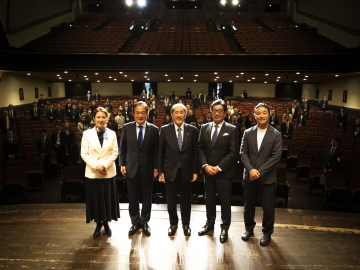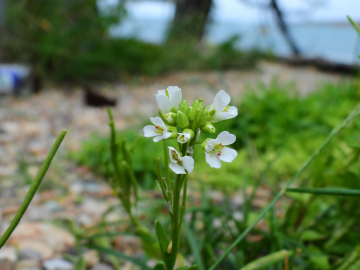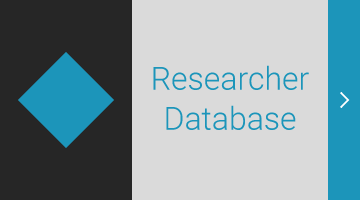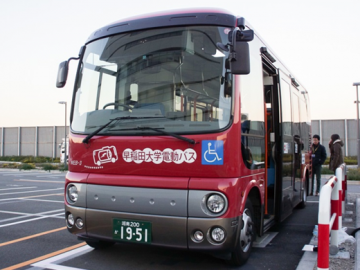 A research group with Professor Yushi Kamiya (Faculty of Science and Engineering) and Toshiba Corporation tested electric buses equipped with high-frequency wireless charging technology and lithium ion battery on their CO2 emissions.
A research group with Professor Yushi Kamiya (Faculty of Science and Engineering) and Toshiba Corporation tested electric buses equipped with high-frequency wireless charging technology and lithium ion battery on their CO2 emissions.
The remotely chargeable bus WEB-3 Advanced and two other medium-sized buses developed under the same concept were test driven in Kawasaki City and the Haneda Airport area from February 2016 to January 2017. In comparison to diesel buses of the same size, the electric buses cut CO2 by 40% on the road and 60% on highways.
Test results
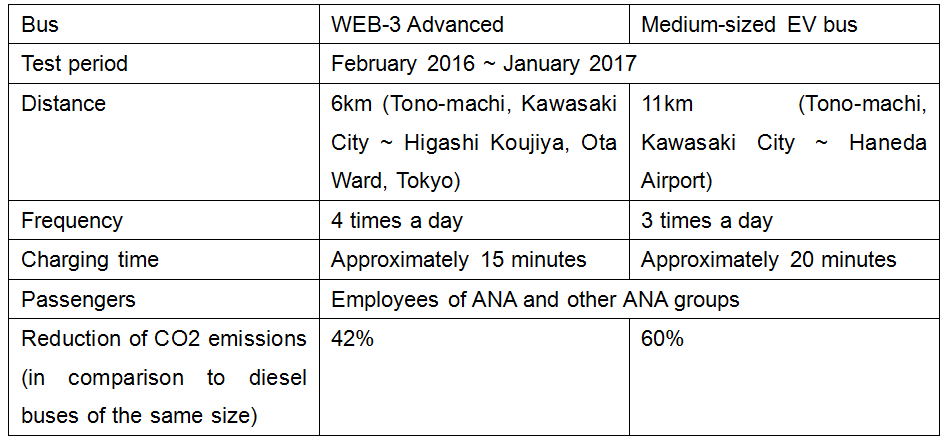
Waseda University and Toshiba Corporation were selected to develop an electric bus as part of the Ministry of the Environment’s Low Carbon Technology Research and Development Program. Development began in FY 2014 and finished in FY 2016.
Waseda will continue its research on electric buses and their implementation.
Concept
Waseda began research and development on the Waseda Electric Bus (WEB) in FY 2014. WEB is a unique short-distance, high-frequency chargeable electric bus designed to address the challenges of implementing electric vehicles by minimizing the cost, size, and weight of its batteries. The bus is equipped with a new electromagnetic resonance wireless charger apparatus developed by Toshiba Corporation that allows its operators to charge the bus quickly, safely, and effectively. WEB’s research and development has made it possible to reduce an electric vehicle’s initial costs and curb weight while maintaining adequate vehicle space. Furthermore, the research collaboration has made it possible for a driver to charge their vehicle with only the press of a button.
Test goals
The tests, which were conducted on public roads, measured the convenience of the charging process and the vehicle’s effectiveness in reducing running costs and CO2 emissions. Both aspects are important considerations for the implementation of electric vehicles. Tests also included microscopic evaluations of the vehicle’s impact on natural and driving environments. Hopefully, these tests results released to the public will create great PR for the new technology, improving awareness and acceptance of environmentally friendly wireless electric buses.
WEB-3 Advanced specifications
Name: Waseda Electric Bus-3 Advanced (WEB-3 Advanced)
Curb weight / Dimensions / Capacity: 5990kg / L6.99×W2.08×H3.10m / 31 passengers
Motor: UQM “PowerPhase145” : Maximum output 145kW
Battery: Lithium-ion (TOSHIBA“SCiBTM” : 3 parallels 12 series / 40kWh / 331V)
Wireless charger: TOSHIBA Wireless Charger:44kW@105mm-gap
Cruising range: Maximum 50km (on public roads with air conditioning turned off)
Electricity consumption: Approximately 1.5km/kWh (on public roads with air conditioning turned off)


